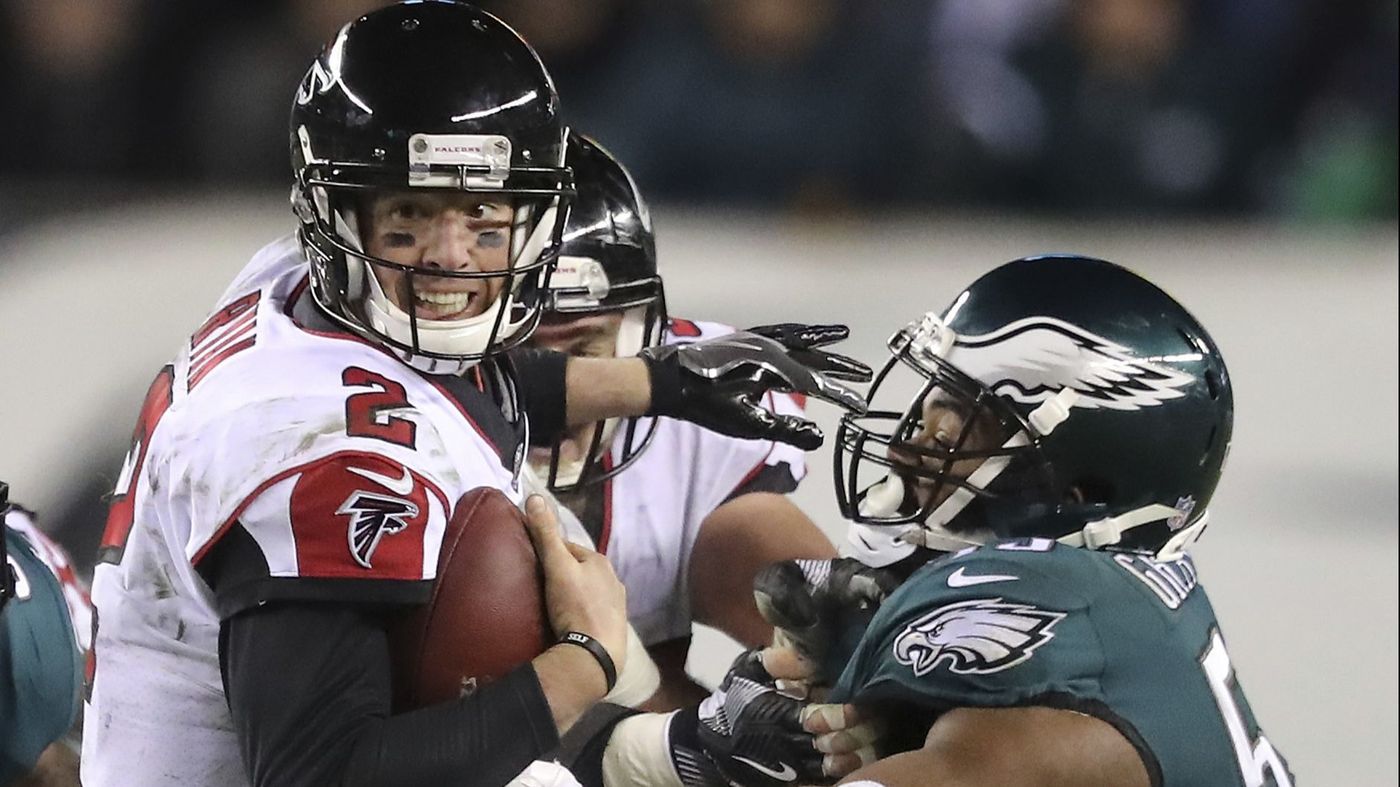
In a game like football, rules are extremely important. Not just so everyone is on the same page with what those are, but because it helps prevent players from getting injured. That said, some rules were changed during the NFL off-season, and we’ve got the changes you need to know about:
Kickoff
To reduce the high-speed collisions that cause concussions, the new rule prohibits the coverage team from getting a running start before the ball is kicked. Wedge blocks are outlawed, and eight members of the return team must line up within 15 yards of the restraining line. Officials also are instructed to blow the whistle for a touchback the moment the ball lands in the end zone. One consequence of the rule is that offensive and defensive linemen almost certainly will be eliminated from the play. If these changes don’t bring down concussion numbers, the NFL will consider a more radical overhaul next spring or possibly the elimination of the kickoff altogether.
Helmet Rule
The NFL will now penalize players 15 yards if they lower their helmet and initiate contact with it against an opponent. Flagrant examples — such as when the player has an unobstructed view of the opponent or clearly could have avoided the contact — could result in ejections. All ejections will be reviewed by senior vice president of officiating Al Riveron and/or his staff in the New York command center. This particular rule brought with it some confusion as players didn’t understand and flat totals piled up during the first two weeks of the preseason. But a narrow clarification issued Aug. 22 reminded officials to overlook incidental or inadvertent contact from a lowered helmet. That tweak affected a 60 percent reduction in flags, to about 0.63 flags per game. For 2018, at least, the NFL has focused this rule on obvious infractions.
Catch Standards
The requirement to “survive the ground” has been eliminated — a change designed specifically to avoid future instances of counterintuitive rulings. Over the years, the ruling has spurred debate about plays involving a lot of players. A receiver must now control the ball, establish himself in bounds, and perform a football move. What is a football move exactly? A third step or a lunge would make this a legal catch. This definition applies to players who are standing or going to the ground. It remains eligible for replay review. By rule, receivers can make a legal catch and still be in a defenseless position afterward, meaning that approaching defenders must be extra careful in avoiding the head and neck area when they try to break up the pass.
Ejections from New York
For the first time, Al Riveron will have the authority to demand the ejection of a player who has been penalized for a non-football act. That covers incidents such as fighting, punching and post-play hits. It does not include “football acts,” such as roughing the passer or a hit against a defenseless receiver. Importantly, Riveron can’t order the ejection if a flag hasn’t already been thrown. Referees also will retain the authority to eject, but the NFL instituted this option because it has failed in recent years to eject players when merited. Among the examples: fighting in 2015 between New York Giants receiver Odell Beckham Jr.and then-Carolina Panthers cornerback Josh Norman. This also took place in 2017 with a late hit by New England Patriots tight end Rob Gronkowski against Buffalo Bills cornerback Tre’Davious White. Under the new rule, Riveron would have the authority to eject Beckham and Gronkowski.

[…] post What Are All The NFL Rule Changes for the 2018-2019 Season? appeared first on Saintel […]